Everyone wants to add an extra touch of taste to their food. It can be unique spices, a different cooking technique, or perhaps adding a new ingredient.
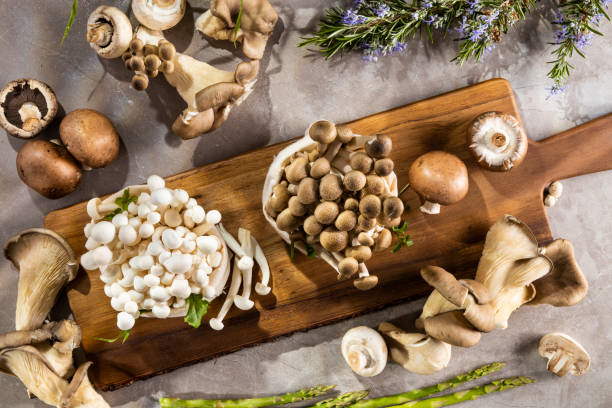
Many people will agree that one special ingredient can change the flavor of your meal by a great deal. One such ingredient is the white fungi called mushrooms tossed on salads, pizzas, and various other dishes.
Mushrooms are a type of fungi that have many exciting aspects to be discussed. They have many advantages and disadvantages when it comes to their consumption and can also be divided into many different varieties.
This blog will discuss various aspects of this very unique and delicious ingredient and much more. So, let’s get started!
History of mushrooms in Ghana
Mushrooms have had a very rich history. Remains of edible mushrooms have been found in ruins in Chile that are almost 13000 years old!
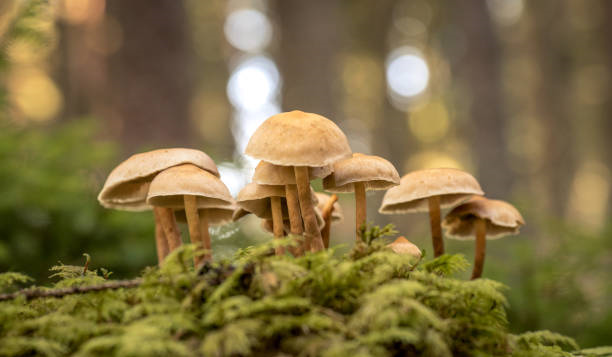
Moreover, mushrooms were first cultivated around 600 AD in China, with many cultures using different varieties of this fungus, primarily for medicinal purposes. People from many regions also used it to enhance the flavor of their food too.
It is unclear when mushrooms’ cultivation started in Ghana and who exactly started this commodification. Still, it can be stated that it rapidly increased after World War II, not only in Ghana but throughout the world.
How long have Ghanaians been eating mushrooms?
As most of the cultural aspects of Ghana, including dressing, food, and traditions, predate their colonial history, you can assume that mushrooms have been a part of their cuisine for a very long time.
This can be further proved by how the climate of Ghana is ideal for the growth of multiple varieties of mushrooms!
Is a mushroom a vegetable or non-vegetable?
While consuming mushrooms, one finds themselves asking, what is a mushroom?
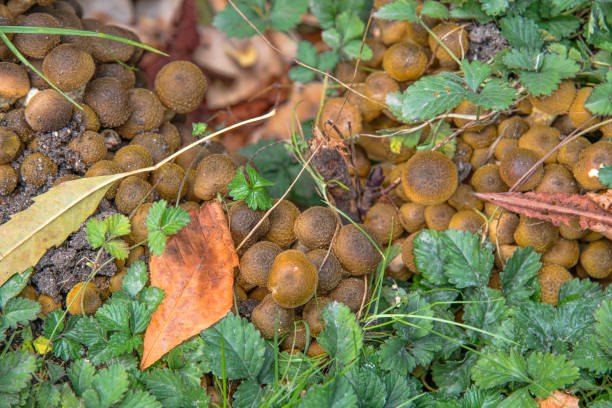
Yes, you must have concluded that it’s merely fungi, but it comes with a twist. Mushrooms don’t have any leaves or roots. This classifies it as fungi, but if its nutritional values are looked into, they’re very similar to vegetables.
So it’s fungi, but nutritionally speaking, it’s a veggie!
Is a mushroom a protein?
The amount of protein per gram can vary with the species of the mushroom. However, it can be concluded that mushrooms have very high levels of proteins. So, these can easily replace meat in your food for a delicious, low-calorie meal.
Advantages of eating mushrooms
Add a little amount of mushroom to your food, and you will get a delicious delight to feed on. But that’s not all! Mushrooms have shown to do much more for your health and well-being.
Packed in nutrients
They can provide a well-rounded addition to your diet as they include many types of nutrients that are important for the functioning of different parts of your body:
- Vitamins: Rich in vitamin B, Niacin, riboflavin, and pantothenic acid, eating mushrooms will significantly improve your digestion, skin, and regulation of hormones through the nervous system.
- Copper: This helps in Red blood production and in keeping healthy and strong bones
- Potassium: this will help boost your cardiac, muscular, and nervous functions
- Antioxidants: with these, you can say goodbye to bad skin, weak immune systems and welcome a stronger cardiovascular system!
- Beta Glucan: this upgrades your heart condition and regulates sugar levels in your body
Weight loss
If you want to snack on yummy food yet see a lesser number on the weighing scale, then mushrooms should be your go-to friend.
Research has shown that these little bundles of nutrition can lead to weight loss, especially if you exercise and maintain a generally healthy lifestyle.
Your diet will be even more effective if you start substituting meats for mushrooms. They’re delicious and will show significant improvement in one’s BMI.
Related blogs: History of tomato: Everything you need to know
Boost Immune System
A lot of evidence has been gathered to show the effect mushroom intake has on the human body’s immune response.
Mushrooms enhance macrophages functioning in the body, giving your body a strong defensive measure against any bacteria or virus that may enter the body.
Furthermore, mushrooms have an anti-inflammatory effect on your immune systems that makes them much more efficient.
Blood Pressure
Mushrooms are not only low in sodium; they are also one of the biggest instigators of high blood pressure and are rich in potassium as well.
Additionally, they decrease vascular tension too.
Oral hygiene
Some mushrooms are good for your teeth too! Shiitake mushrooms are primarily known for helping your oral health by increasing defense against the buildup of plaque in your teeth.
Disadvantages of eating mushrooms
Mushrooms have lots of health benefits, but at the same time, there can be some downsides to consuming them.
- Some mushrooms are poisonous and thus are not edible. It can be pretty difficult to recognize if a type is consumable or not.
- Some mushrooms have unique compounds known as psilocybin and psilocybin. These can cause hallucinations and affect your rationality and judgment. This, in the end, can cause pretty dangerous accidents at times, so you have to be very careful about the mushrooms you’re going to eat.
- Some of the hallucinogenic variants can cause cramps, vomiting, and at times diarrhea as well. They can also cause nausea and insanity as well.
- To make it even scarier, they can even cause death in the worst cases.
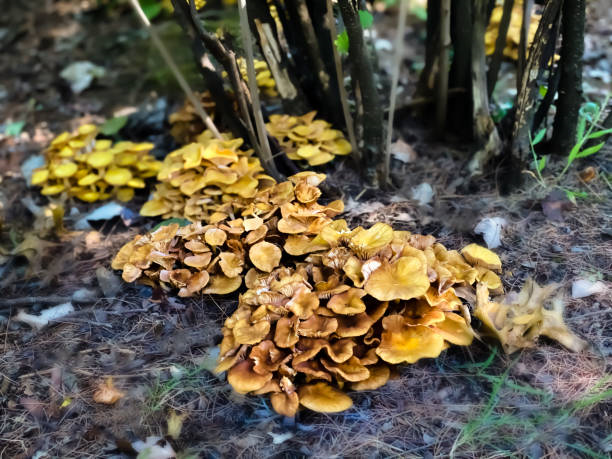
Pro tip: Don’t pick out discolored mushrooms, budding groups in the woods, or those that you have absolutely no knowledge about.
Which mushroom can you eat?
By now, we’ve established that mushrooms are a tasty but deadly entity.
And that brings us to the question: which mushrooms can you add to your fridge storage without worrying about an impending food disaster?
Here are some of our favorite edible types of mushrooms:
Portobello Mushrooms
Originally imported from Italy, this is a large mushroom, rich in protein and renowned for its meat-like taste.
Thus, it can easily replace any meat in the dish you decide to cook, like pizzas, soups, or salads.
Cremini Mushrooms
These look browner and are much firmer to chew. This means that these mushrooms are ideal for liquid foods like stew and soups to add a delightful spoonful of chewable stuff.
Maitake Mushroom
In Japanese, Maitake means dancing because people used to dance out of joy when finding this type of mushroom.
Also known as hen of the woods, it’s been popular in Chinese and Japanese cuisines for centuries and grows at the base of maple and oak trees.
Use these as an alternative to meat and have the added benefit of knowing that your body is geared up to defend itself against mental and physical problems.
Button Mushrooms
These come in brown and white colors. The white ones are the most commonly used mushroom in the whole world as they have the sort of flavor that works well with any food.
Moreover, they can be eaten raw and cooked.
Hedgehog Mushroom
Because of its sweet smell and taste, this mushroom has been given the title of ‘sweet tooth.’ Its unique features include its jagged underside and orange/yellow cap
Add these mushrooms to your meals for an extra nutty crunch. Yum!
Morel Mushrooms
A very rare species, this mushroom is a favorite in French cuisine. You can’t go wrong with this conical-shaped, spongy textured mushroom as it adds a nutty and tough texture to your food. So, even mushroom haters will enjoy it.
Shiitake Mushroom
These can be distinguished by their umbrella-like brown top that curls at the edges. In Japanese, the word Shiitake means oak fungus, which comes from the fungi found. They are usually found more in Asian food.
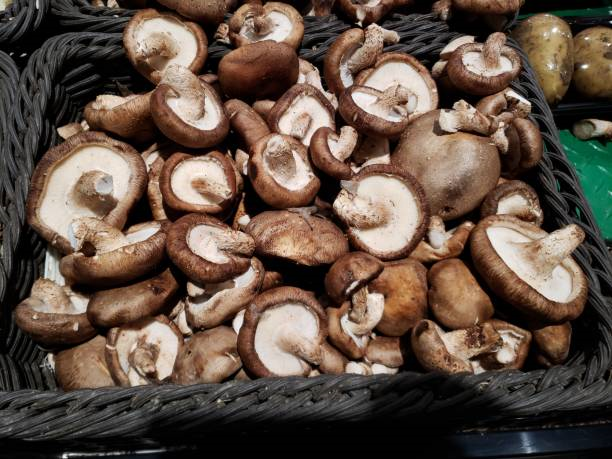
In addition, they have a strong woodsy flavor, which is much stronger in the fresh ones than in the dried ones. The stems are usually removed as they are considered to be very tough to chew.
Porcini Mushrooms
Used in risotto and soups, this type is called ‘cepes’ in Italy and France. These are a user favorite for their smooth texture and aromatic enhancement of meals.
They can be identified by their white drum-like stems that have a slightly reddish top.
Enoki Mushroom
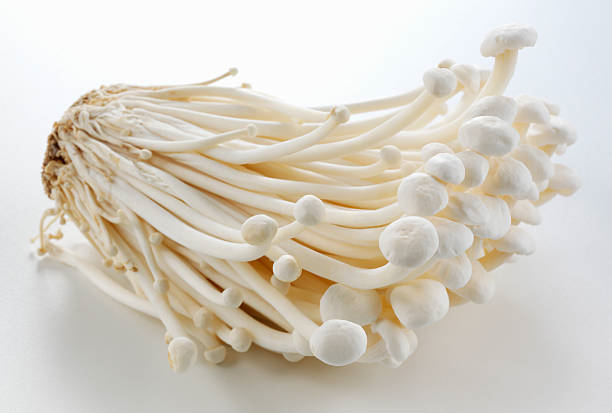
Being Japanese cuisine-oriented, these work best in noodles, soups, and salads. They have a slight taste and adds a nice crunch to every spoonful of food.
Chanterelle Mushrooms
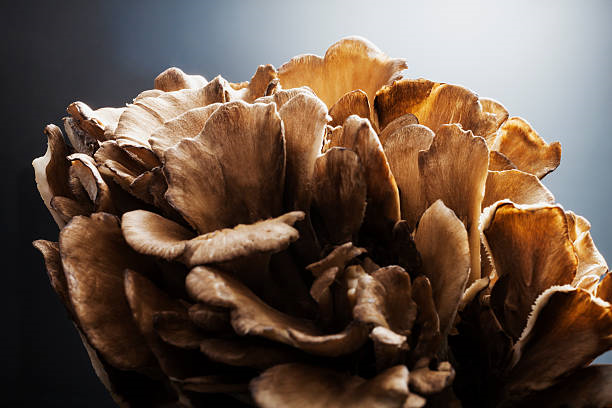
These come in a range of colors like orange, yellow, and white. They have an earthy taste and have a trumpet-like appearance. The apricot scent also adds value to this popular species.
Clamshell Mushrooms
Crunchy and sweet, these mushrooms grow in bunches together and taste quite bitter when eaten raw.
They have a ‘fishy’ flavor, so the best food that goes with it the seafood, of course.
Conclusion
Mushrooms have been used in many cultures for multiple purposes throughout history and are still very popular today.
If you want the best-tasting food on the table, it is recommended that you stock up on your mushroom supply quickly. So what are you waiting for? Get some right now!
If you want to use vegetables to make fresh soup at home, visit Soups Junction!
For more food information, check out this blog and this link as well.
Bon Appetit!
| Meta Title | Meta Description |
| Meet the mushroom and crack all about it | Mushrooms are being used all around us. But when did we start using them, and which types can I use? Read this blog to clear all your confusion about this treat. |
https://www.britannica.com/science/mushroom
https://www.healthline.com/health/food-nutrition/are-mushrooms-good-for-you
https://www.webmd.com/diet/health-benefits-mushrooms#1

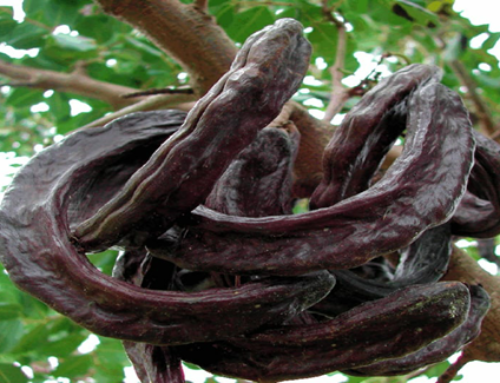
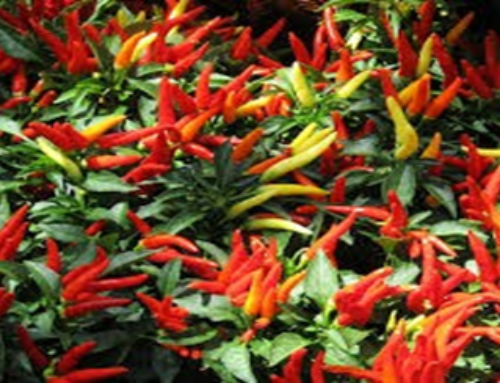
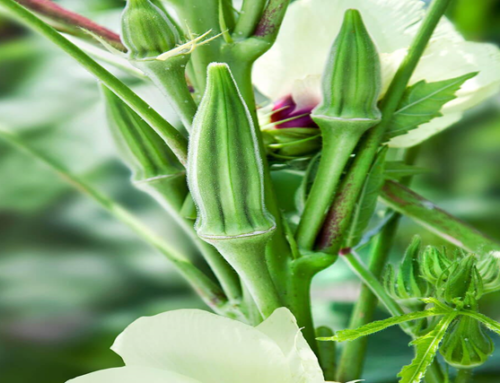
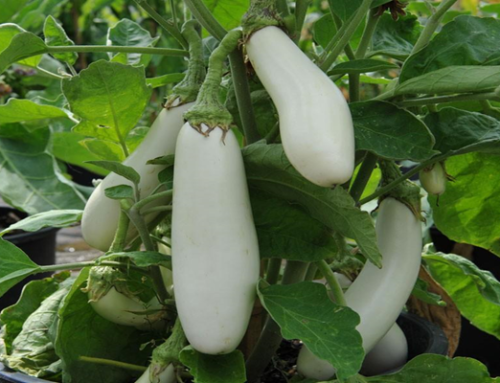
Leave A Comment